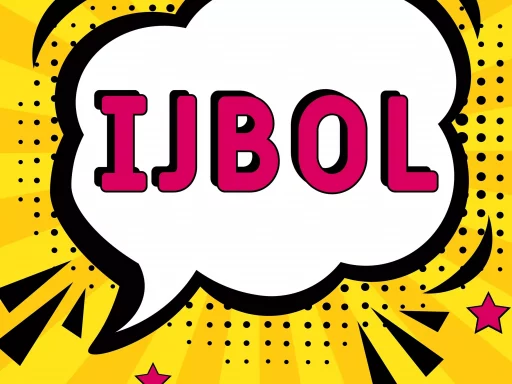Introduction to Narrative Text
Narrative text is an essential form of writing that tells a story. It is characterized by a sequence of events, a plot, and often involves characters. The primary purpose of narrative text is to entertain, inform, or convey emotions through storytelling. Whether in the form of novels, short stories, or even anecdotes, narrative texts play a critical role in human communication and culture.
Characteristics of Narrative Text
To better understand narrative text, one needs to consider its key characteristics. These features distinguish it from other types of writing, such as expository or argumentative texts.
- Plot: The series of events and actions that make up the story.
- Characters: The individuals who take part in the story and drive the narrative forward.
- Setting: The time and place where the story occurs.
- Conflict: The struggle between opposing forces that creates tension and interest.
- Theme: The underlying message or main idea presented in the narrative.
Examples of Narrative Text
There are numerous examples of narrative texts across various genres. Here are a few notable examples:
- Novels: “Pride and Prejudice” by Jane Austen is a classic novel that explores themes of love, reputation, and class.
- Short Stories: “The Lottery” by Shirley Jackson is a short story that critiques social traditions through a shocking narrative.
- Anecdotes: Personal anecdotes shared in casual conversations often serve as narrative texts that engage and entertain listeners.
Case Study: The Impact of Narrative Text in Education
Narrative texts are not just for entertainment; they have profound implications in educational contexts. Research has shown that incorporating narrative texts into teaching methods enhances student engagement and comprehension.
According to a study conducted by the National Endowment for the Arts, students exposed to narrative texts demonstrate improved critical thinking skills and empathy compared to those who primarily engage with expository texts. The storytelling approach creates a relatable context, making the information more memorable.
Narrative Text in Different Cultures
The format and style of narrative text can vary significantly across cultures. Understanding these differences is essential for cross-cultural communication.
- Western Narratives: Often follow a linear structure with a clear beginning, middle, and end.
- Oral Traditions: Indigenous cultures often rely on oral storytelling methods to convey history and values, emphasizing community participation.
- Eastern Narratives: Countries like Japan may incorporate more symbolism and indirect methods of storytelling, focusing on the emotional rather than the explicitly stated.
Conclusion: The Importance of Narrative Text
Narrative texts are vital not only in literature but also in education and cultural discourse. They enable individuals to connect on emotional levels, share experiences, and understand complex ideas through relatable storytelling. As society evolves, the way we use and perceive narrative text will continue to change, highlighting its enduring importance in human interaction.
Statistics on the Power of Storytelling
To further illustrate the significance of narrative text, consider the following statistics:
- According to a report by the University of Toronto, stories increase information retention by up to 65%.
- The Human Creativity Project found that narratives are perceived as 22 times more memorable than facts alone.
- A study by Stanford University discovered that individuals who engage with narrative text show greater empathy towards others.
Ultimately, the meaning of narrative text extends far beyond mere storytelling; it is a conduit for connection, understanding, and expression across various domains of life.






